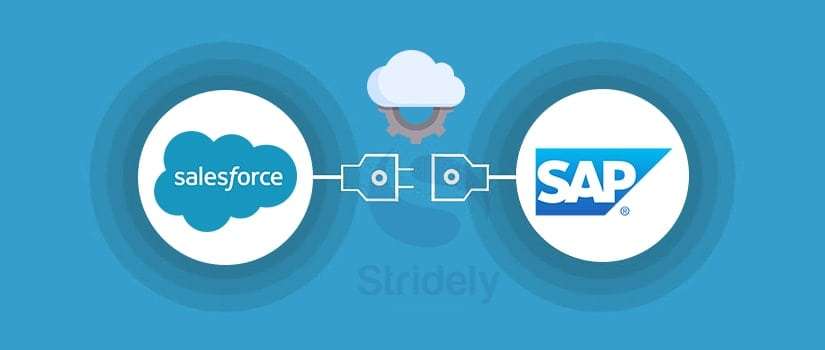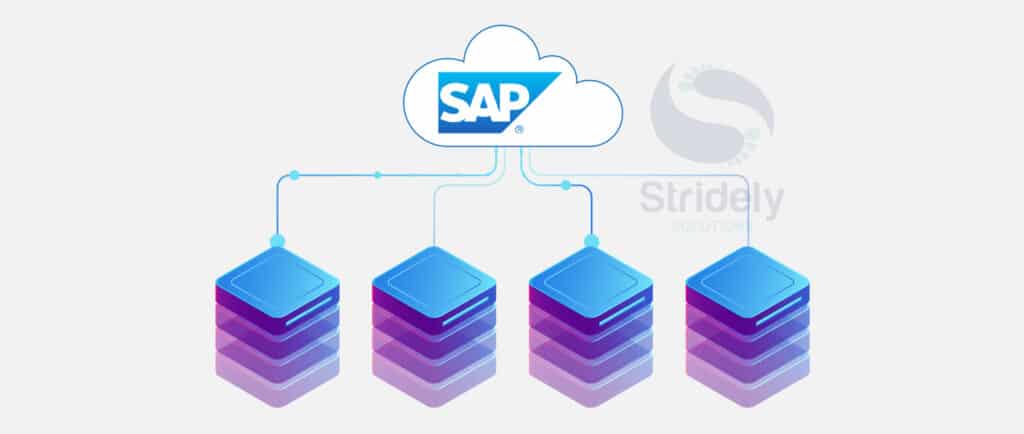Salesforce & SAP Integration – Advantages, challenges and How to Get Started

Running your business operations and huddling to keep up with the industry trends? With more and more organizations redefining their infrastructure to digitize it all, it becomes necessary for you to do the same. In case you aren’t sure which applications to use and how this article will help you understand what SAP and Salesforce are. Besides, we also help you understand how Salesforce and SAP integration transforms your business operations.
SLT for company carve out – Everything that you need to Know

SAP is without a doubt one of the best ecosystems to run and operate applications over the cloud. For one, it automates most of the backend operations with ease, and secondly, it streamlines all of the activities enhancing productivity and adding to the overall efficiency.

